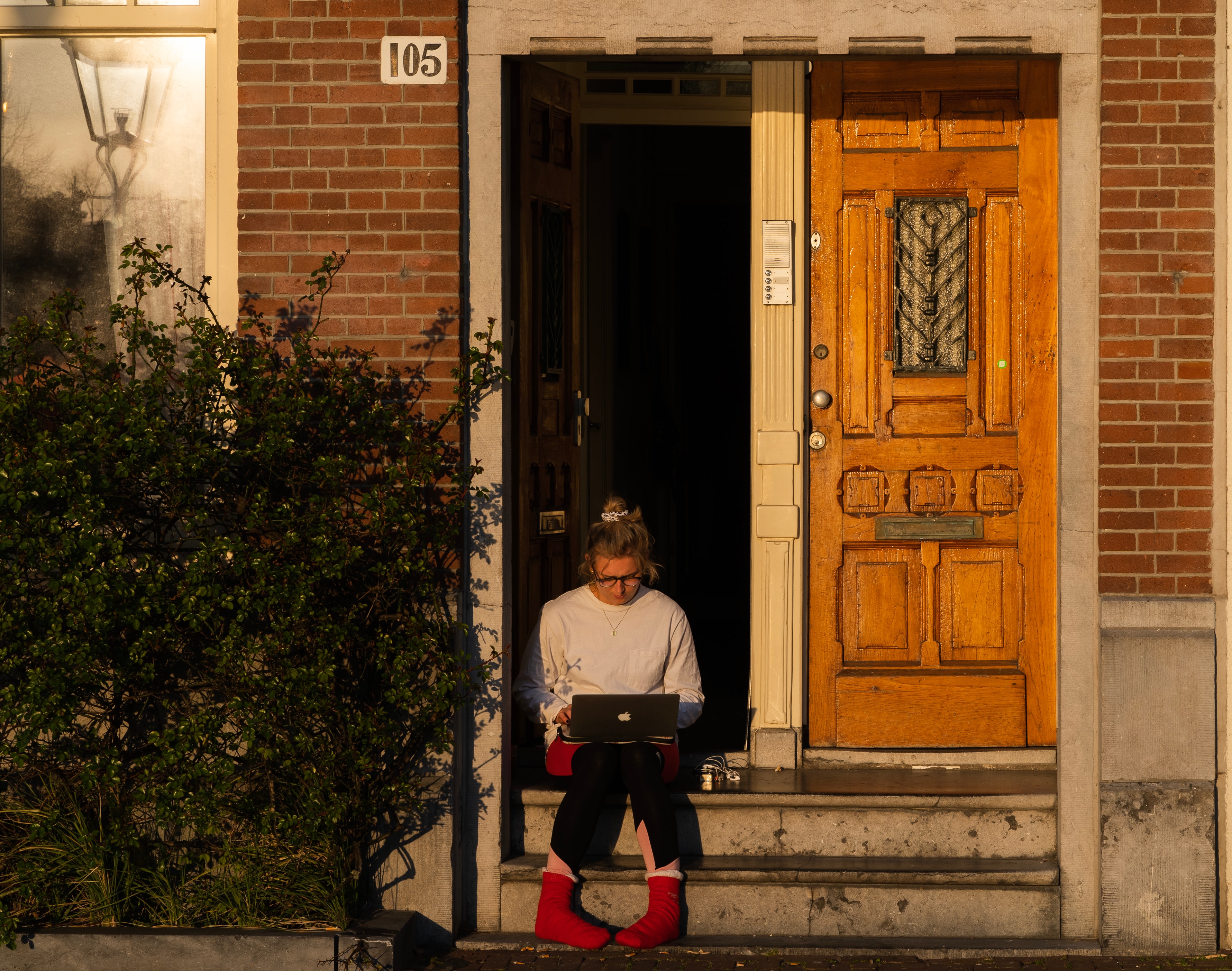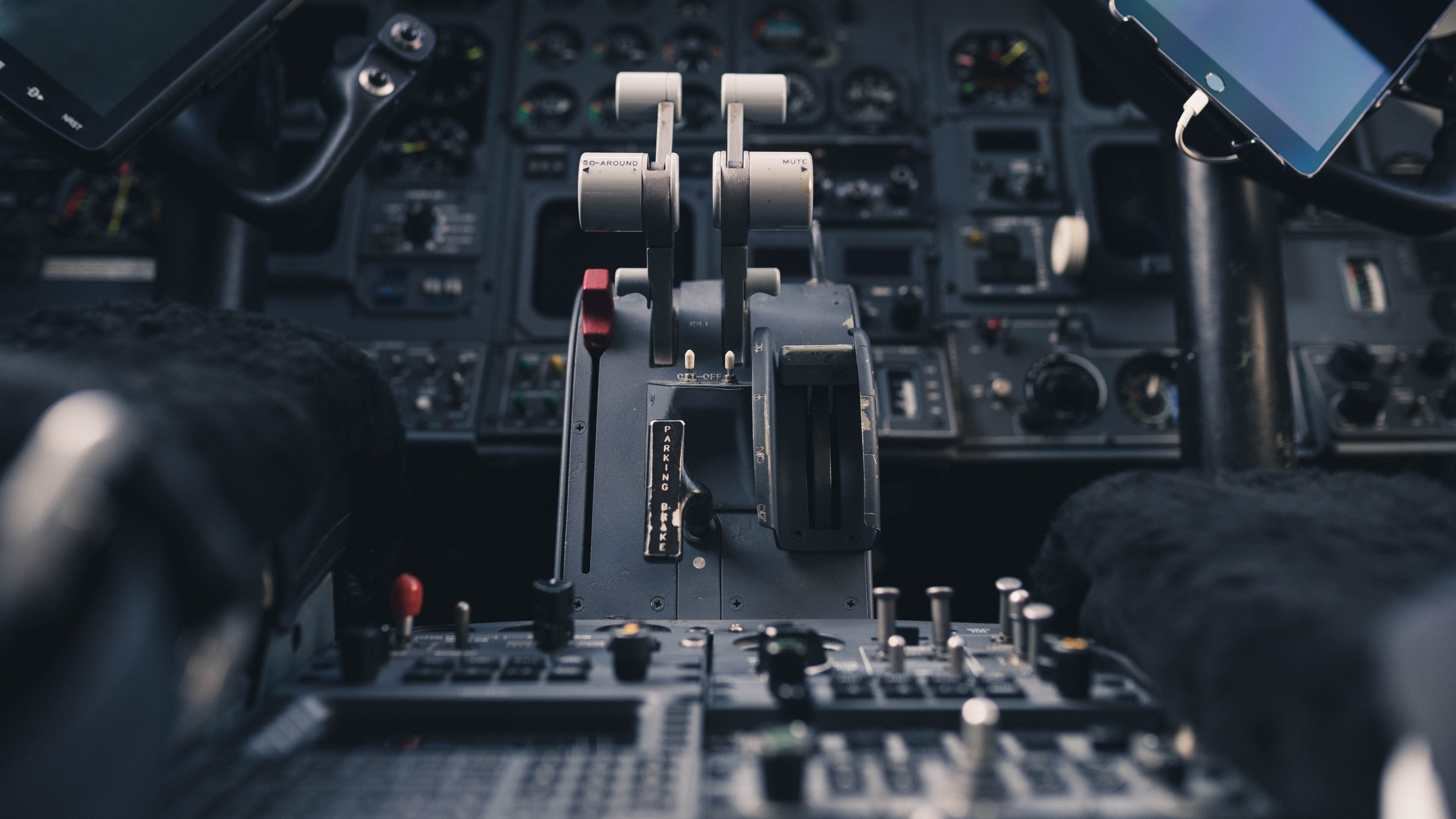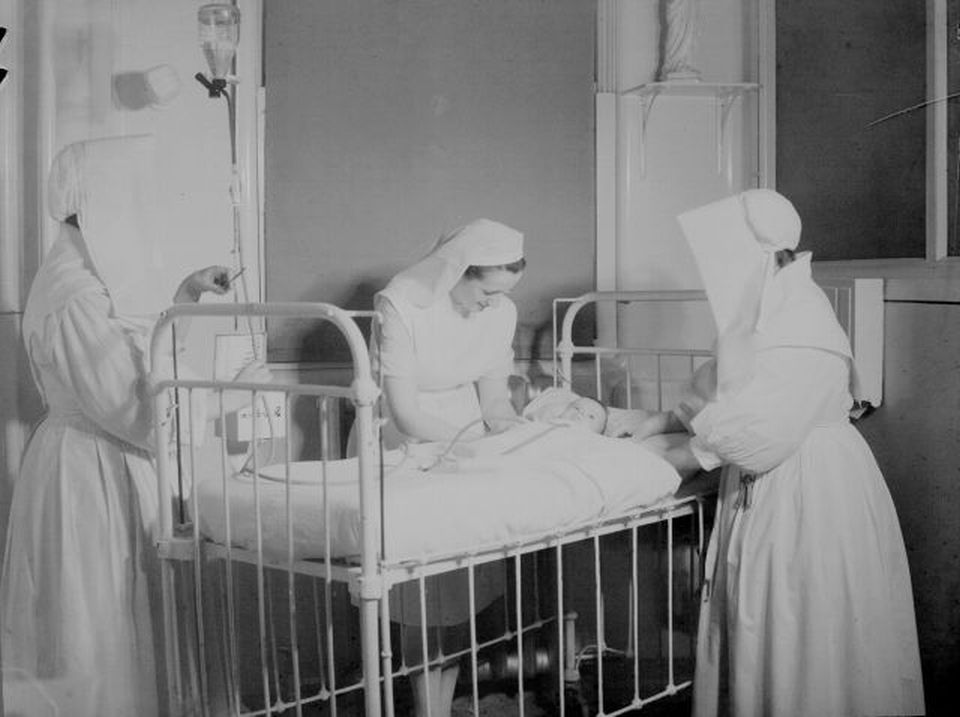
by CHRC | Apr 15, 2020 | Executive Compensation
During this time of Coronavirus, we’re all finding ourselves forced into spots we wouldn’t necessarily choose for ourselves. Given the option, many of us would rather exercise at the health club, work down the hall from our colleagues, and enjoy dinner out with friends. However, when we’re given clear guidelines to steer our behavior, we adjust—yoga and a 7-minute workout at home, zoom meetings and excel spreadsheets at the dining room table, and baking extravaganzas at home. It takes forethought and planning, but for the most part, we’ve successfully adjusted our daily routines. (Or maybe you’ve discovered that without a plan, it all falls apart and the day ends feeling like an unproductive loss!)
This article, posted on the Harvard Law School Forum on Corporate Governance, reminds us that the same holds true in our work lives. We don’t know exactly what the future will hold, but by planning now, and putting some guidelines around Executive Compensation, you won’t need to end the year feeling like your incentive program was a loss. Read More Here

by CHRC | Apr 8, 2020 | Productivity, Work Place
You may have recently seen this funny take on that BBC interview a couple of years ago, or this recent piece in the New York Times. In any event, I think that women who have been working from— and at—home for years, if not decades, are finally having our moment to shine.
My husband would often bluster, “I just can’t work from home; I need to be at the office.” With our current enforced stay at home orders, my husband has been coping by commandeering the desk in our daughter’s now abandoned bedroom. The other day, he found me curled up in the bedroom window seat, hyper focused, engrossed in a project. He very excitedly announced that he had just done his first Zoom call with video. I peered over my glasses and said, “You’re joking?” He replied, “No, why would I have done one before? You know I prefer face-to-face.”
Well, because sometimes…face-to-face isn’t possible.
I have done calls (at kids’ practices) in the rain
And in the dark. And on a plane and a train.
And in a car. And (at other practices) under a tree.
See, it’s really all the same for me.
So I will do them in an old call box.
And I will do them in comfy sox.
I have done them at my parent’s house.
I can control Zoom without a mouse.
And I can host them here and there.
Say! I can do them anywhere!

by CHRC | Apr 1, 2020 | Economy, Human Capital
A long time ago in a galaxy far, far away…. a galaxy that did not know Excel, but used a language called Lotus 1-2-3, I was a credit analyst. There I learned financial modeling and was taught a concept called Maximum Reasonable Adversity. In our modeling class, we were assigned a case study about a company that catered meals to airlines. Our credit officers were trying to impart the wisdom that a swing in interest rates or inflation were not the greatest threats to repayment. The greatest risk was an exogenous shock, which while possible might not be probable, at least not highly probable. After much debate, my case partner and I settled on an airline strike: How many weeks of an airline strike could this company withstand and still stay afloat and cover their interest payments?
Enter COVID-19 which seems to have taken the world by surprise. Experts who study pandemics, however, have been modeling the adversity scenarios preparing for the next pandemic.
A recent Economist article highlights another sort of expert who is always looking around the corner anticipating some exogenous shock that could put a company on its back foot and necessitate an immediate and intelligent human response. For those of us who have been in the HR field for decades, this article is a long overdue exposé on what we really do. For those who complain that HR is always planning for worst case scenarios, constantly assessing risk, and planning for succession, perhaps now you will start to understand the lens through which strategic HR views business: how to stock and cultivate human capital inventory not just for the good times, but to weather maximum reasonable adversity. Read More Here

by CHRC | Mar 25, 2020 | Leadership
As we close out Women’s History Month, and #healthcareheroes emerges as a new hashtag, how fitting that this piece in the New York Times reminds us that some of the country’s first heroes in health care were religious sisters. While this piece focuses on the sisters and nuns that poured out of their Philadelphia neighborhood convents to tend to those ravaged by the 1918 pandemic, religious sisters have been in the United States since 1727.
Too often the images of religious sisters are limited to stereotypes in the extreme: either unfeeling or angelic, and seldom someone in between. In truth, the sisters in the United States were pioneers: on the prairie, in the battlefield (Abraham Lincoln thanked them for their nursing during the Civil War), in the laboratory, and of course, the classroom. They were also pioneers in the boardroom; these women were CEOs of hospitals and universities, at a time when very few, if any, American women were allowed to run major institutions. So, as we confront Covid-19, and celebrate those who have dedicated their lives to healthcare, let’s remember some of the first career women, who built many of the country’s hospitals, including the first Mayo Clinic. Read More Here

by CHRC | Mar 18, 2020 | Productivity, Work Place
COVID-19 has forced many companies to adopt new and expanded work from home policies. But remember—commuting is a 200-year-old fad—previously most everyone worked where they lived. Long before the Industrial Revolution, farmers, carpenters, blacksmiths, teachers, and shopkeepers typically made their livelihoods where they lived. About two decades ago, corporate America got the memo on flexibility. Those companies that have become adept at remote working will have the most ease at adapting to our new set of circumstances and keep a large chunk of the business world operating through the current crisis.
Online tools such as Slack, Zoom, or Skype allow for companies to stay connected while physically distant. CHRC has relied heavily on Zoom, a video conferencing tool, as a communication platform for years. We not only use it for meetings with clients, but also amongst ourselves when collaborating on spreadsheets or reports. Stella Garber, product marketing lead at Trello also uses Zoom to manage a team spread across the country. A recent Chicago Tribune article shares how Garber “spends much of her day in meetings on Zoom…whose stock is up about 60% since the start of the year, which can be configured to show everyone’s face like a ‘Brady Bunch’ grid so colleagues can see each other’s reactions.”
Kate Lister, president of Global Workplace Analytics, believes that this global pandemic will allow companies to see that working remotely “can be done successfully” and also “demonstrate the benefits beyond disaster preparedness.” In order to make working from home successful, Philippe Weiss, president of Seyfarth Shaw at Work, suggests that “managers must set clearer expectations, offer more frequent praise and have more purposeful check-ins on progress when their workers are remote. They should overcommunicate, but not too much.”
We predict that the true test will be of management skills and disciplined and purposeful communication. Investing in training for these capabilities right now will result in a much healthier organization long after we’ve been vaccinated against Covid-19. Read More Here





